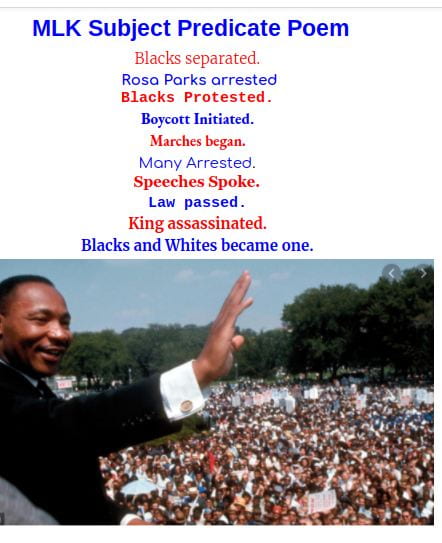Kylie Rose Caraway 1 – 13 – 20
Pre – Journalism WOMS
Horse Column Writing
A horse to some people may be just an animal, but to me, horses are far more unique and intriguing.
Horses and humans interact in a wide variety of sport competitions and non-competitive recreational pursuits, as well as in working activities such as police work, agriculture, entertainment, and therapy.
Between 700 and 800 racehorses are injured and die every year, with a national average of about two breakdowns for every 1,000 starts. According to The Jockey Club’s Equine Injury Database, nearly 10 horses died every week at American racetracks as of 2018.
The Thoroughbred-racing industry sends an estimated 10,000 horses to slaughter annually, meaning that half of the 20,000 newborn horses, also known as foals, born each year will eventually be killed for their flesh and meat components.
Most of these deaths are the result of the following: limb injuries, respiratory, digestive, and multiorgan system disorders. In fact, most of the horse deaths at Santa Anita Park in recent months were due to limb injuries.
For some thoroughbreds, the slaughterhouse could await. Of the estimated 46,000 thoroughbreds racing at American tracks in a normal year, between 11,000 and 13,000 of which are retired and need new homes. That number is already dramatically climbing because of the pandemic. Thousands of racehorses have been idled since the coronavirus pandemic overtook the country in mid-March. When thoroughbreds cannot compete, no prize money is presented to pay the owners, the trainers, the jockeys, the stable hands, or to pay for the room and board.
In conclusion, horses are more than just an animal. They are loving loyal companions that don’t deserve to be slaughtered due to the lack of money or for their meat and flesh.




